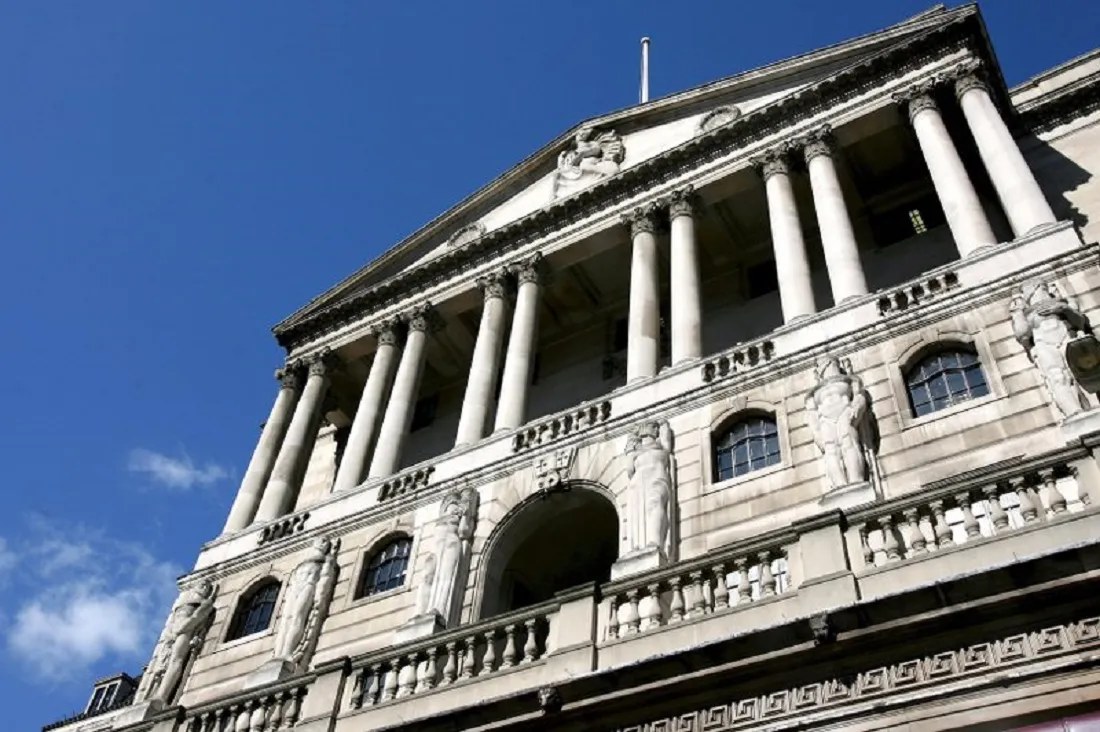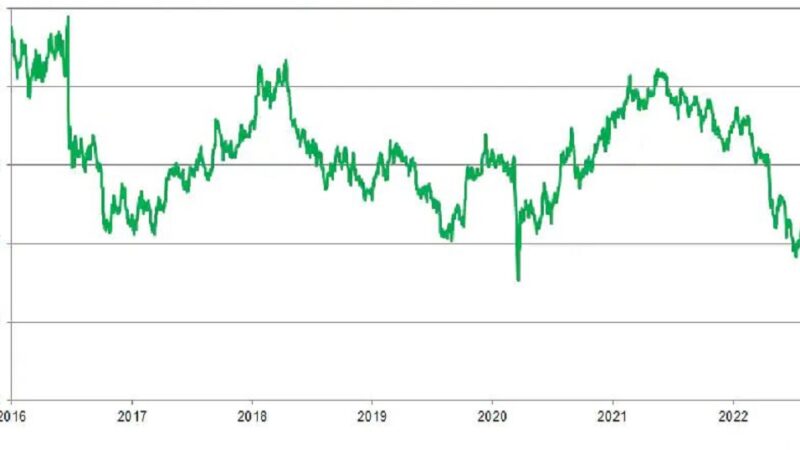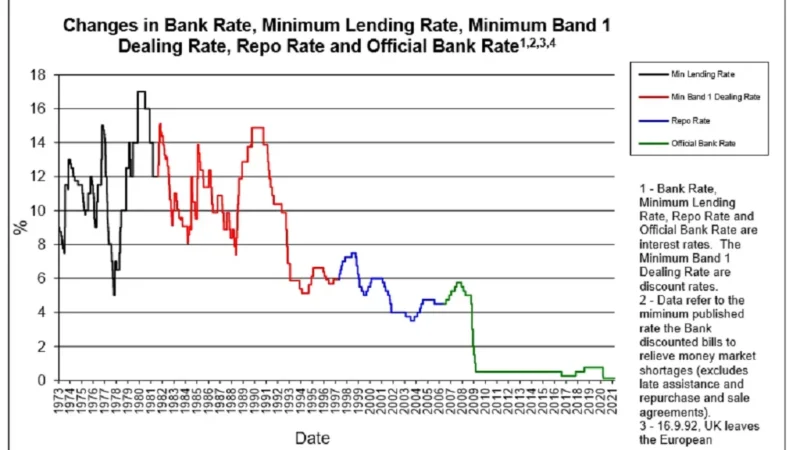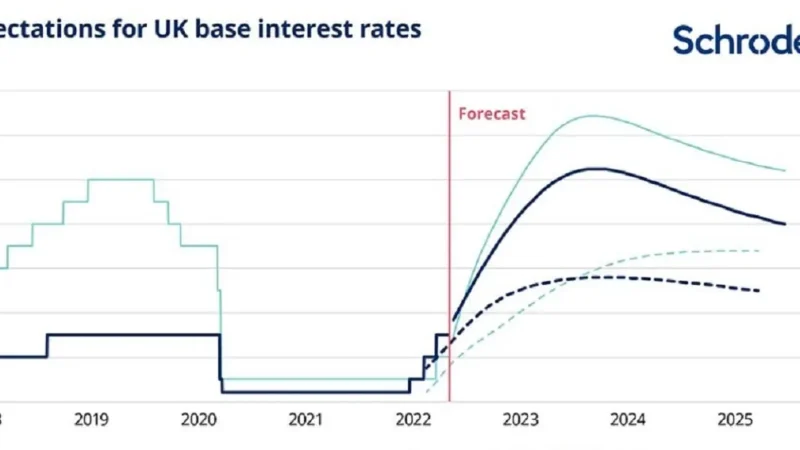How Often Does The Bank of England Review Interest Rates

Table of Contents
ToggleWhen does the Bank of england review interest rates-
The Bank of England is the central Bank of the United Kingdom, responsible for setting monetary policy and regulating the country’s financial system. One of the essential tools in the Bank’s arsenal is the setting of interest rates, which affects the cost of borrowing and the country’s economic activity level. This blog post will explore how often the Bank of England reviews interest rates and the factors that influence these decisions.
The Bank of England's Monetary Policy Committee (MPC)-
The Bank of England’s interest rate decisions is made by its Monetary Policy Committee (MPC), which is made up of nine members. These members include the Bank’s Governor, two Deputy Governors, and four external members appointed by the Chancellor of the Exchequer. The MPC meets every month to discuss the state of the economy and make decisions on interest rates and other monetary policy measures.
Frequency of interest rate reviews-
The MPC reviews interest rates eight times a year or approximately once every six weeks. The dates of these meetings are published in advance, and the minutes of the meetings are made public after two weeks. This transparency is intended to give financial markets and the public a clear understanding of the Bank’s thinking and the factors influencing its decisions.
Factors influencing interest rate decisions-
The Bank of England’s interest rate decisions are influenced by a range of factors, including:
- Inflation – The Bank aims to keep inflation at 2% per year, and it will adjust interest rates to achieve this target.
- Economic growth – The Bank will adjust interest rates to support economic growth, for example, by lowering rates to encourage borrowing and investment.
- Unemployment – The Bank may adjust interest rates to support employment, for example, by lowering rates to encourage businesses to invest and create jobs.
- Exchange rates – The Bank may adjust interest rates to influence the pound’s value and economic impact.
- International economic conditions – The Bank will consider global economic conditions when making interest rate decisions, including oil prices, trade agreements, and political instability.
Conclusion-
The Bank of England reviews interest rates eight times yearly, or approximately once every six weeks. These decisions are made by the Monetary Policy Committee, which comprises nine members and considers various factors, including inflation, economic growth, and unemployment. These decisions significantly impact the cost of borrowing and the level of economic activity in the UK, making them closely watched by financial markets and the public. By understanding the factors that influence these decisions, businesses and consumers can better anticipate changes in interest rates and adjust their strategies accordingly.






